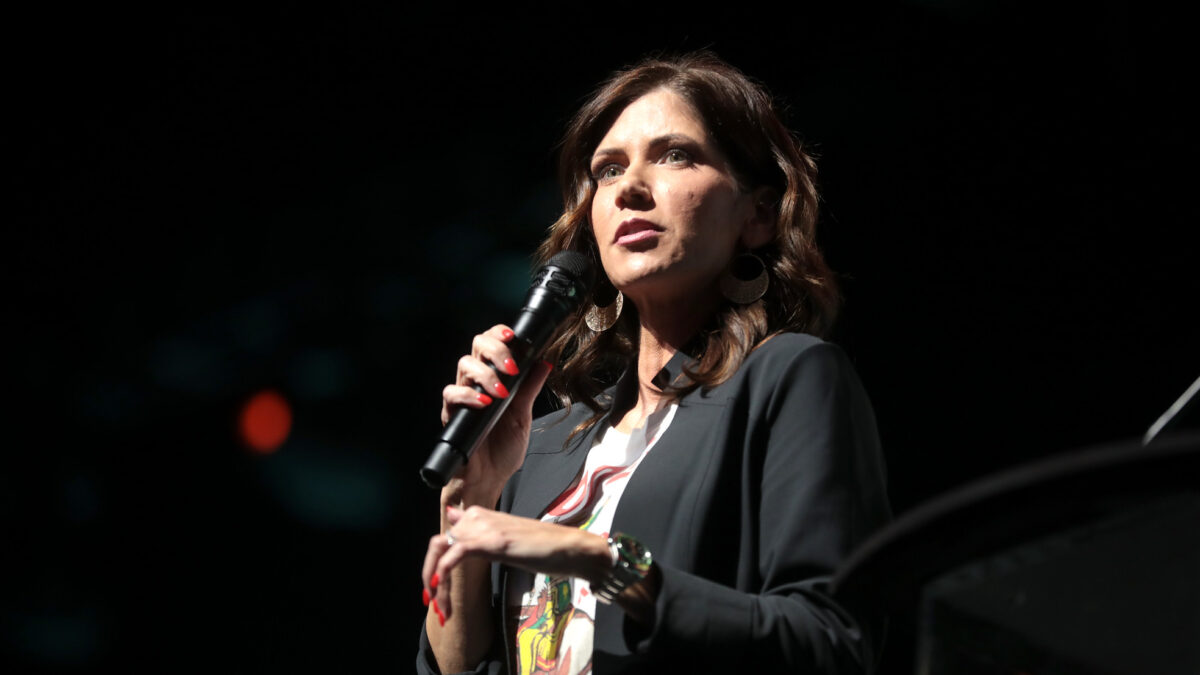I have never owned a kaleidoscope. But whenever I see one in a small trinket shop or on a shelf in the Cracker Barrel Old Country Store, I have also never been able to resist. Whenever I would pick one up and hold it toward the ceiling light, my eye would fill with bright reflections of hot pink and sky-blue triangles fading into squares, fading into stars.
I am in college now and have much less time to explore gift shops. But I did learn a few things from my kaleidoscope studies over the years. First, each kaleidoscope — or at least each well-designed kaleidoscope — has a center around which everything spins. And second, without a light source to illuminate the dance, they are not much more than clutter.
I had the privilege of working in Washington, D.C., this summer as an intern for The Federalist. Over these past months of perpetual Biden corruption, Trump targeting, and Barbenheimer blockbusters, my colleagues have covered some pretty jarring news stories — arguably among some of the biggest in the history of our country. And even though D.C. may be short on Cracker Barrels, I have learned that these talented reporters are united by a common kaleidoscopic question:
What is at the center?
When it comes to corrupt business dealings, two-tiered justice systems, and estranged granddaughters, there is always more to the story. There is a center — an accumulated coverup, a depraved society, an immoral heart — around which the facts ultimately spin.
American Gen Zers and college students today tend to consume “the facts” at face value, acting all proud and unbiased about the statistics and talking points we have memorized. But we are resistant to taking the deep dive, to discovering what “the facts” actually reveal. Maybe it’s the immediacy of social media, or the seeming essential oil and gym-rat trustworthiness of influencers behind the screen. Maybe it is the political polarization on our university campuses or a combination of all these things.
But maybe it has something to do with our unwillingness to ask a simple question about the information we consume: “What is at the center?”
I have experienced and witnessed a dangerous urge to immediately compartmentalize information into pre-determined, self-actualized boxes:
That agrees with who I am. I accept it.
That does not validate who I am. I reject it.
In a Disney-like attempt to “follow our dreams” and “be ourselves,” (the overarching, tired message of almost every childhood film we watched growing up), we have made ourselves the center.
But the larger issue is that society and even our government and guiding institutions validate this main character syndrome. Well, as long as our version of self-discovery matches their ideal — rejection of traditional values and deconstruction of everything you thought you knew. No wonder college students today feel so lost, caught in a tug-of-war between the “encouragement” to self-actualize and the demand to conform. Talk about an identity crisis.
When “self-discovery” becomes a pride flag above the White House lawn and the requirement that our nation bends a knee to gender ideology, public opinion has been hijacked. Incidences like this accompanied by an ever-emerging totalitarian effort to destroy the opposition — whether it be canceling individuals or indicting political opponents — are ultimately an effort to redefine right and wrong. And then, the targeting of children, born and preborn, by adults who cannot be inconvenienced — the ultimate evidence that ideology has reached god status.
All of this reveals a dark and ugly dance, one revolving around this nation’s unwillingness to recognize reality.
This summer, I have learned that bringing reality into the light ultimately requires a return to good personal journalism. Not some intellectually contrived composition by which information is “elitely” interpreted for the layman. Not confirmation bias-ridden or cherry-picked “news” stories that exist to perpetuate manufactured talking points.
Rather, good journalism is the individual endeavor to investigate everything while clinging to what is real. To realize that “the facts” do not create truth, but rather inherently point to it. That is the type of child-like kaleidoscopic study to which Gen Zers and college students must return — seeing the clutter and asking “what is at the center” while holding reality up to the light.









